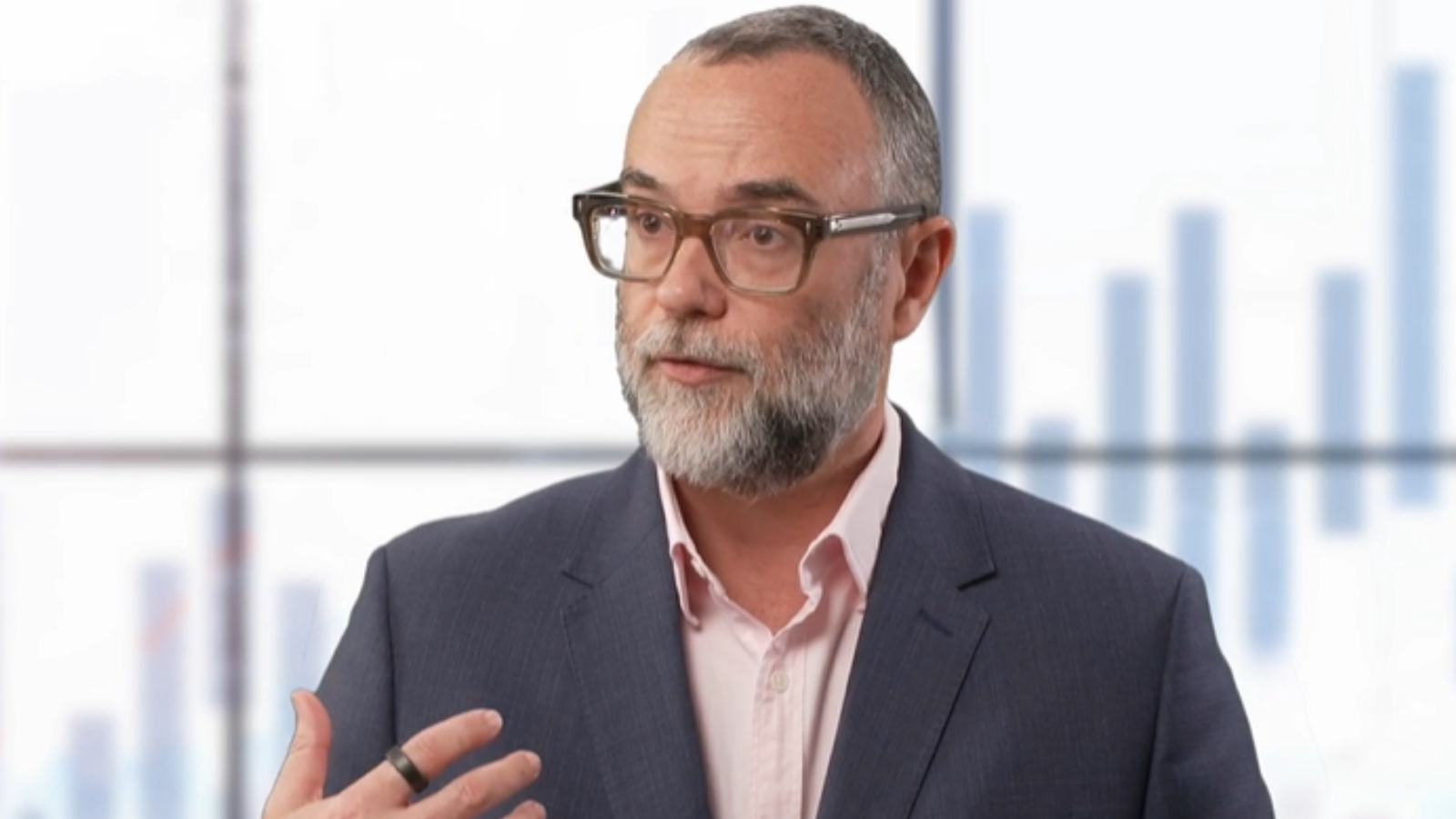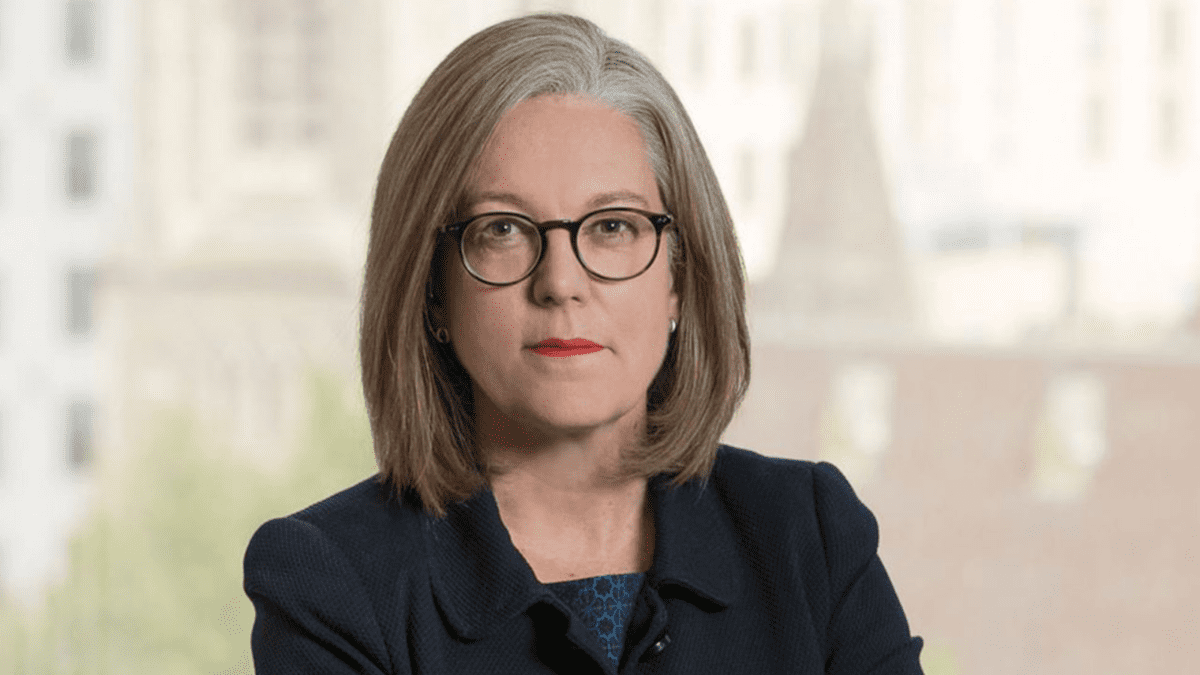Downsizer, NALE rule changes top shifting regulatory backdrop for SMSFs
The legislative and regulatory backdrop for self-managed superannuation funds (SMSFs) is key to members’ compliance, and significant recent developments underscore the need to stay informed. The past year in particular saw “very real changes” in super law, with more on the horizon, according to the SMSF Association’s Peter Burgess.
Speaking to delegates of the SMSF Association’s National Conference 2023 in Melbourne on February 22, Burgess, the association’s deputy CEO and director of policy and education, said 2022 was an “interesting year for legislation”, while proposed changes in the pipeline for 2023 could be transformative.
“We had a really busy start to the year, with the previous government passing a number of bills and clearing quite a large backlog of measures, some dating back to 2019,” Burgess said in kicking off his annual rundown of enacted, pending and other developments. “Since then, we’ve seen very real changes enacted relative to self-managed super funds.”
Among the most significant legislation passed in the past 12 months, Burgess called out the reduction in the eligibility age for downsizer contributions from 60 to 55 as of January 1. This follows a previous reduction from 65, effective July 1, 2022.
“Unless you’re working with the legislation all the time, it can be very difficult to keep up to speed with what actually has been passed into law and what hasn’t,” Burgess said. He noted that for the downsizer rule, many SMSF members may not realise how it affects them, and when. “It is the age of the member at the time they make the downsizer contribution that matters.”
Since the Australian Taxation Office began tracking data in 2019, more than 7,000 SMSF members have made downsizer contributions totalling $1.8 billion, Burgess said. “I think it’s fair to say the government treats the downsizer contributions as a successful policy initiative.”
Topping the list of pending changes for the SMSF industry, Burgess said, is proposed relaxed residency requirements for SMSFs, which were first announced in the previous government’s 2021 budget. “I think we all breathed a sign of relief when we heard in the new Labor budget in October that they will proceed with this measure,” Burgess said.
The changes, which will go into effect July 1, will remove the active-member test and amend the central-management-and-control test to extend the temporary-absence period from two to five years.
Burgess also cited uncertainty around proposed reform to the rules governing legacy pensions, another holdover from the previous government’s budget plans, but he said the government has clarified intends to proceed with the changes, which would see a two-year amnesty period to allow commutation of legacy pensions.
Pending changes draw opposition
Burgess said the SMSF Association does not support proposed changes to the rules governing non-arm’s-length expenses (NALE) to prevent a 2019 amendment from creating “disproportionately severe outcomes” for smaller and self-managed super funds.
Super funds’ income is generally taxed at a concessional rate of 15 per cent, but if income is deemed to have come from a non-arm’s-length transaction, the highest marginal tax rate of 45 per cent is applied.
Even with the government’s proposal to cap the penalty for NALE breaches, smaller funds could still end up being taxed at an effective rate of 225 per cent for a breach, Burgess said. “This is what happens when you try to solve a problem by bolting on a solution to an existing tax provision, but not just any tax provision, an anti-avoidance provision that’s designed to tax income at 45 per cent.”
The government’s recent announcement of its plan to legislate an objective for superannuation was another major focal point for the conference, and Burgess reiterated the SMSF Association’s support for the move and for “some of the words” in the objective as proposed.
“References to ‘a dignified retirement’ are words that we have been advocating for now since 2014 to be in an objective of super,” he said.
However, Burgess took issue with the proposal to include the phrase “in an equitable and sustainable way” in the objective, saying “it’s possible that they are paving the way here for caps on high balances,” which the SMSF Association does not support.
On February 28, the Albanese government announced the concessional tax rate for super funds with balances above $3 million will double, from 15 to 30 per cent, from July 1, which it says will generate $2 billion for the government while affecting only around 80,000 Australians with high balances.
In a statement March 1, Burgess said that while the SMSF Association favours no cap on balances, “if the government has determined on this policy, having a ‘threshold’ with earnings on balances above the cap taxed at a reduced concessional rate would be our preferred option.
“Initial fears of a hard cap targeting certain SMSFs with high balances appear to have thankfully not been realised,” he said, adding that the proposed approach “suggests the main issue the government is grappling with is not the presence of large balances in the super system, but rather the tax concessions that these balances attract.”









